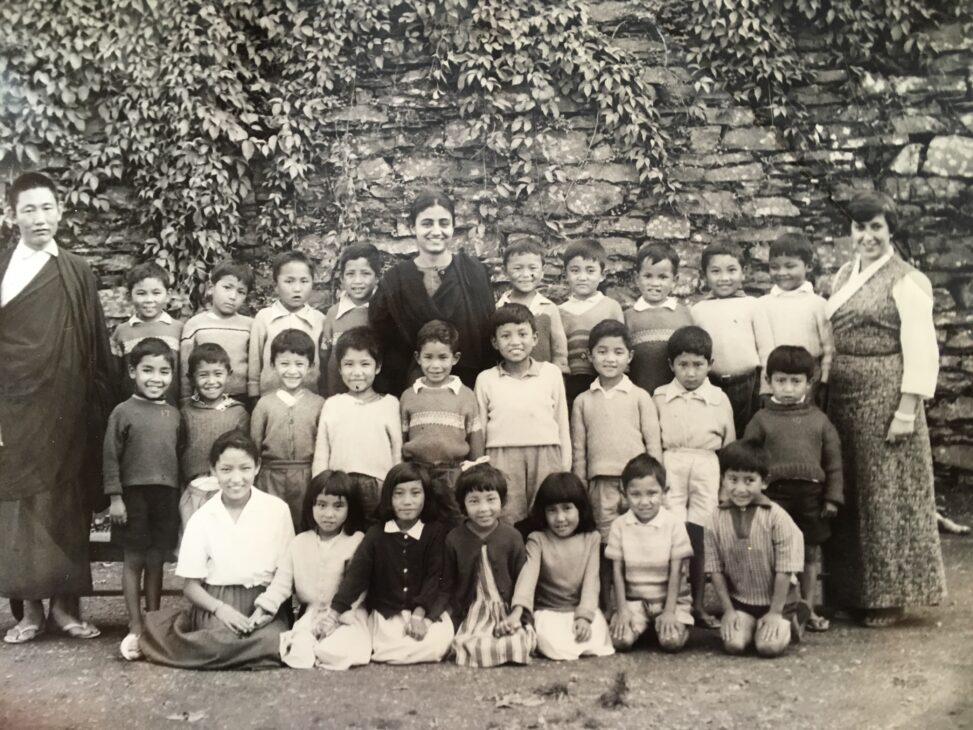by BNimri Aziz, June 2021
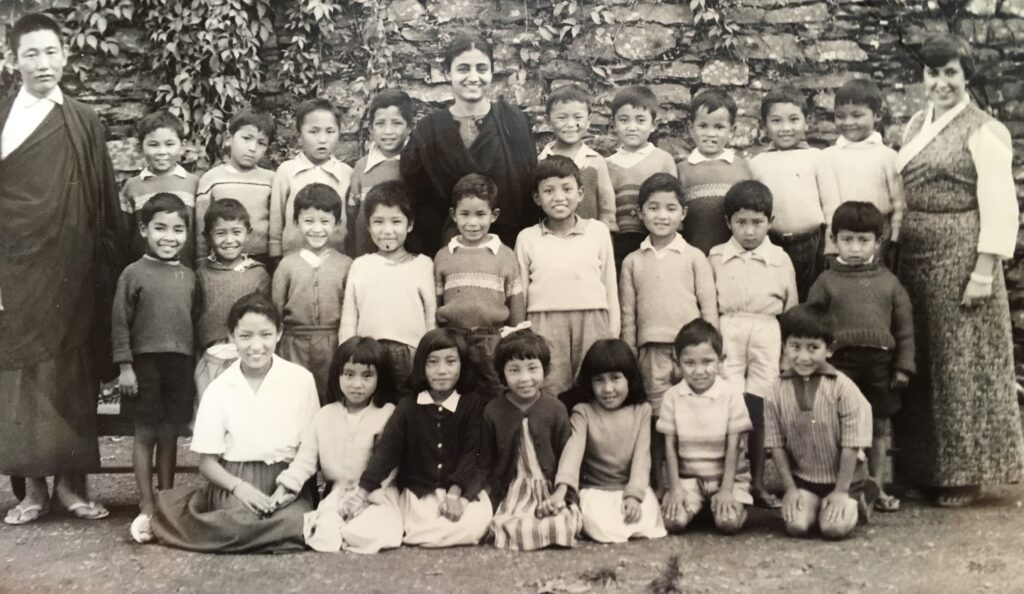
By chance I picked a copy of A Fearless Heart while browsing at my local library. It’s a memoir that also explains the teaching of mindfulness for which its author, Thupten Jinpa, had become well known. I didn’t recognize the writer’s name. Nor was I particularly interested in mindfulness training. Yet my attraction to the book cover couldn’t have been entirely chance. As an anthropologist I spent many years of my life engaged in the field of Tibetan Studies and I’d written a great deal about Tibetan history and culture. That bond began long before I completed my PhD at the University of London. It started in 1964 when I joined the British Save The Children Fund project in Simla, India, helping to establish a new school for Tibetan refugees where many families settled after their escape from Tibet in 1962. In the opening pages of Jinpa’s memoir, he notes that he’d been a pupil at this school when the Dalai Lama visited. I remembered that I myself was a member of the teaching staff who, along with the children, had welcome the revered Tibetan leader to the school. This meant that Jinpa and I were there at the same time: he, a 7-8 year-old boy, and I, the 20-something headmistress.
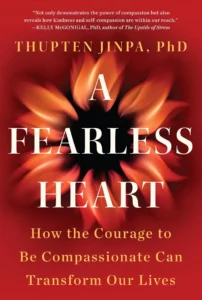
Among the few photographs we had arranged those days were class photos. Hmmm. I might still have three black and white class portraits pasted in one of my (hardcopy) scrap books. Perhaps Jinpa was in one of them. It didn’t take long, leafing through my collection to locate the pictures. But how would I know which child among the 70 pupils neatly lined up with their teachers was the now famous Dr. Jinpa? Or if he was there at all? After digitizing the three photos, I found Jinpa’s email address, and send them on to him. Would he remember his childhood at the refugee school more than a half century ago?
Within a few days, I received his excited reply. Not only did he remember his years at the primary school (and this headmistress). He recognized himself.
That was especially exciting for his wife and children, since this was the only snapshot that he had of himself as a child. It was certainly a delight for me, and justification for keeping those old photos in good condition. It’s all the more gratifying that the photo itself continues to circulate, most recently in a BBC film, “Mission Joy”.
Jinpa has become an eminent member of the international Buddhist community. He lectures and leads seminars in many parts of the world. Significantly, he helped establish the teaching of ‘mindfulness’, a core principle of Buddhist meditation, in Western psychology. And he remains active teaching the practice at centers across Europe and the USA.
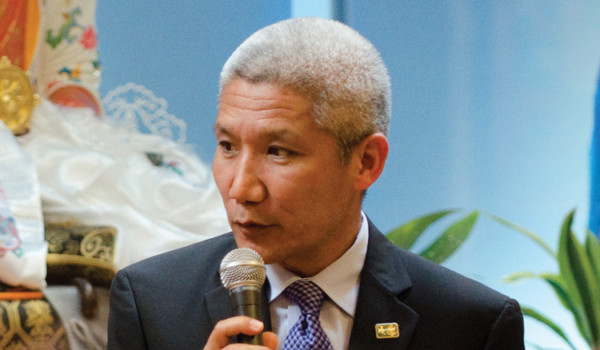
Before his studies abroad and his marriage, Jinpa had been a monk in India. In that capacity, he became a favorite translator of the Dalai Lama and they worked closely together for several years. Even today, on special occasions the Dalai Lama calls on Jinpa. One such time was the filming of “Mission Joy: Finding Happiness in Troubled Times”. The 2021 film records the wonderfully warm dialogue between Bishop Desmond Tutu and the Dalai Lama. Besides being good friends and esteemed religious figures, they’re fellow Nobel Peace Laureates.
I suppose it was Thupten Jinpa’s participation as translator on the “Mission Joy” movie set that a reference arose to the conditions of Tibetan refugee children 60 years ago. To illustrate that minor but not inconsequential historical moment, where did Jinpa turn? A rare 1966 class photo that had recently come into his possession.
He offered it to the film’s editors; so there he is in genuine black and white (b/w photo above, middle row, 4th from the left) with his 24 bright-eyed young classmates– a historical peep slipped in with the wisdom and laughter of these iconic world leaders.
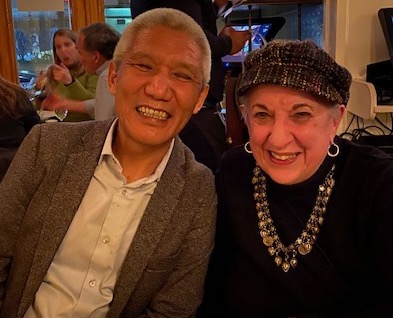
And yes, we ourselves—teacher and former pupil– had a reunion. In 2020, after his presentation at the Union Theological Seminary in New York City.

